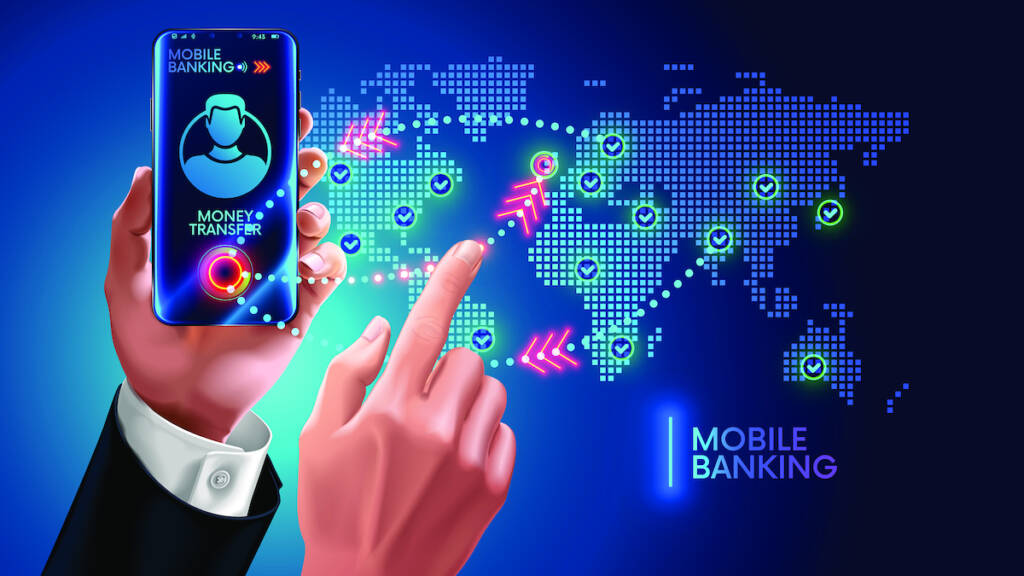- Solutions
- Banking
-
- ACI ConneticUnified cloud payments platform
- AcquiringDigital acceptance, merchant management
- IssuingDigital payments and accounts issuing
- Fraud managementReal-time enterprise fraud management
- RTGS / Wires and cross-borderMulti-bank, multi-currency processing
- Real-time, instant paymentsComplete real-time payments processing
- ATMsSelf-service, omnichannel digital experience
- Central infrastructureInnovative real-time payment infrastructure
- NEW Redefining the payments hub: Solving today’s banking payment challenges
-
- Merchant payments
- ACI Payments Orchestration PlatformEnable customer journeys across commerce channels, accept payments, prevent fraud and optimize your payments journey
- In-storeDynamic, modern in-store payments
- eCommerceOnline and mobile payments
- Alternative payment methodsGive more ways to pay
- Value-added servicesEngagement, optimization and reporting
- Fraud managementEnd-to-end fraud orchestration
- Risk, security, and complianceAchieve and maintain compliance
- NEW Datos names ACI Worldwide best-in-class in payments orchestration
- Industries we serve
- Billing and bill payments
- ACI SpeedpayDrive customer satisfaction with the widest range of bill pay options in the industry.
- Bill payment APIs and SDKsOutsource bill payment processing
- Fraud managementAI-based fraud orchestration technology
- Alternative payment methodsGive more ways to pay
- Loan servicingPreferred loan payment options
- Treasury managementStreamline and integrate your back office
- Automated debt collectionImprove your collections process
- Digital walletsManage digital cards and payments
- PCI compliance and securityAchieve and maintain PCI compliance
- Industries We Serve
- Fraud management and payments intelligence
- Fraud managementFraud solutions to minimize risk and prevent fraud
- Fraud management for bankingEnterprise-wide fraud prevention
- Anti-money launderingStay ahead of money-laundering schemes
- Robotic process automationAutomate payment processing operations
- Fraud management in the cloudProtecting your business in the cloud
- Fraud management for merchantsProtect payments from end to end
- ChargebacksPrevent chargebacks before they happen
- SCA complianceAchieve and maintain SCA compliance
- Digital identity solutionsConfirm identities with behavioral analytics
- NEW Scamscope fraud report: APP scam trends from around the globe
CompanyCustomersPartners
Home














Bill pay isn’t what it used to be, and that’s a good thing
This transition didn’t happen overnight. It took years of innovation and careful integration to transform outdated payment systems into the modern, scalable, secure, and resilient platforms we use today.

The future of payments: Unlocking the power of payments orchestration
On this page Payments orchestration optimizes multiple payment processing providers and methods using a single, unified platform. Think of it as the conductor of an orchestra, ensuring each instrument plays its part harmoniously. This approach not only simplifies payment processing but also enhances overall efficiency and effectiveness.

Fraudsters are developing sophisticated scams in the utility sector
Digital payments fraud in the utility sector is a growing concern. The shift from traditional paper checks to digital payments within the industry has opened new avenues for fraud1.

Powering the world’s payments ecosystem with a best-in-class payments orchestration platform
Analyst firm Datos Insights recently released their Datos Matrix: Payment Orchestration Vendor Evaluation comparing payments orchestration vendors and named ACI’s merchant payments orchestration platform “Best in Class.” The main scoring categories Datos used to analyze payment vendors were provider stability, client strength, client service, product features, and functionality.

Pay with my hand? No way!
While I was watching the news, a story came on about a new technology coming to the local Whole Foods where you could pay with your palm.

Need a refreshing spike in summer sales? Follow Amazon’s lead
Traditionally, the summer is a slower time for retail, with sales in the U.S. typically centered around key holidays like Memorial Day, the Fourth of July and Labor Day. In the summer of 2015, Amazon changed everything when it introduced Amazon Prime Day, its own all-purpose summer shopping holiday exclusively for Amazon Prime members. This helped the marketplace giant in two ways: it increased sales during a lull, and it provided an additional incentive to become an Amazon Prime member.

Leadership in an era of transformation
Navigate the future of payments with insights on today’s barriers, leadership strategies, and ecosystem shifts.

Navigating merchant payments with industry experts
Payments orchestration is a game-changing strategy that centralizes payment flows across multiple providers and systems, but not all solutions are built the same. As the global economy becomes increasingly digital, organizations face a significant shift in payment processing and management.

A generational change in higher education payment habits
The landscape of the payments industry is changing rapidly, and educational institutions must understand and adapt to the evolving habits of students and parents.

The Strategic Pivot: Why Smart Merchant Acquirers Are Turning to Payment Orchestration
As competition intensifies and merchants move to multi-acquirer models, traditional acquirers must up their game with end-to-end solutions that offer greater choice, reach, and capability.

Why white label is a powerful strategy for merchant acquirers: 6 insider secrets to get it right
For many merchant acquirers, a white label approach to payments orchestration is a smart strategy to keep capabilities and platforms ahead of the curve to meet aggressive expansion goals.

Finally, insurers are embracing surcharging and saving millions in the process
Interchange and network fees levied for accepting credit cards are the one factor that dwarfs all others when insurers start digging into the cost of getting paid.

How acquirers can raise their game to be more, do more, and deliver more
The merchant acquiring landscape is evolving rapidly. How merchants handle payments is no longer seen as a purely operational issue – it’s now recognized as a strategy to drive revenue.



